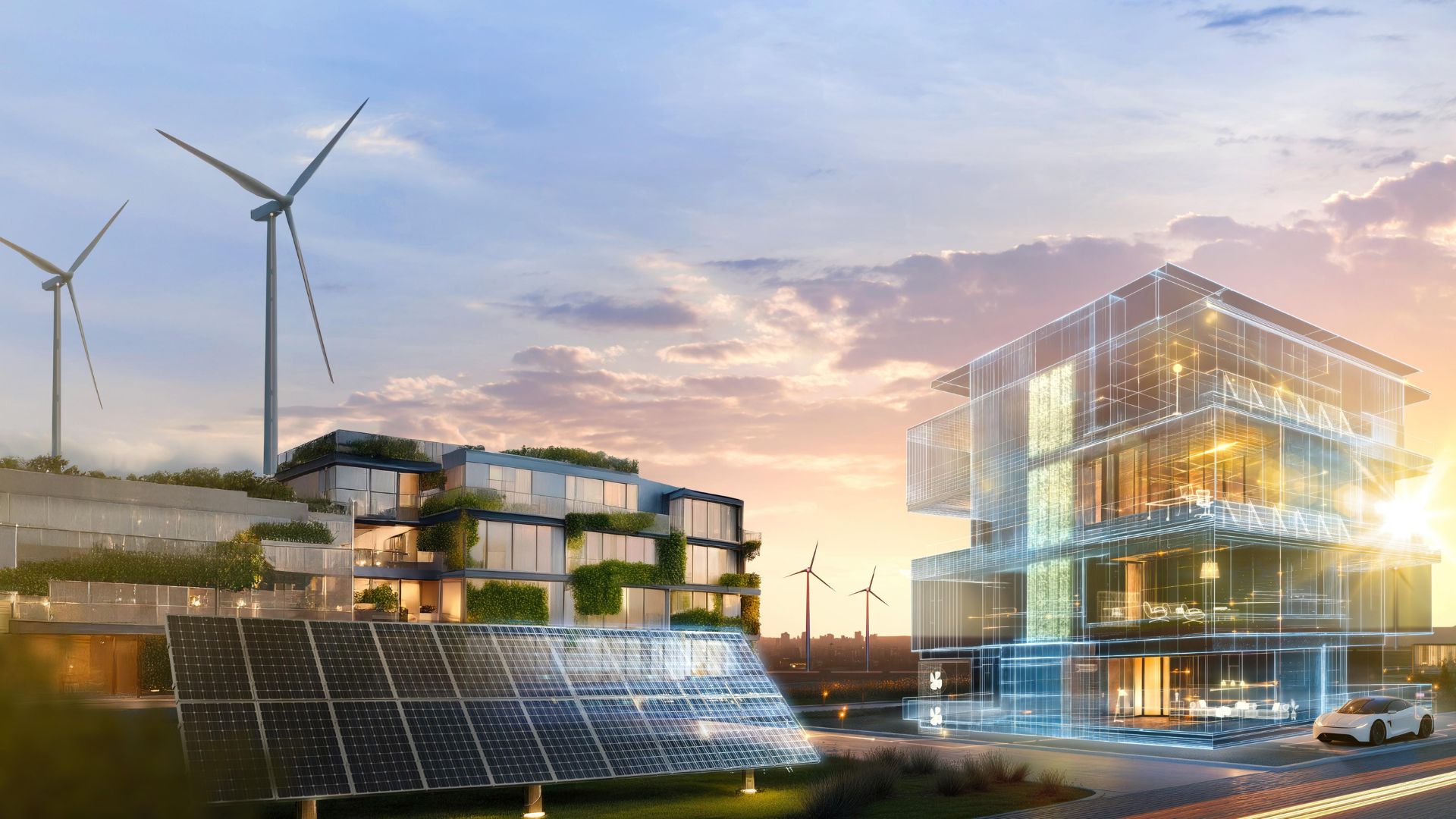The sustainable transformation of the built environment is one of the key challenges of our time. Buildings account for a considerable share of energy consumption and CO₂ emissions – making them a crucial lever for climate protection.
Sustainable Transformation means rethinking architecture, engineering and infrastructure: connected, efficient and low-emission. Light + Building 2026 highlights how energy-efficient systems, electricity-based heating solutions, intelligent networks and sustainable cities are shaping this transition – paving the way for green, future-ready buildings.
Sustainable Buildings & Cities
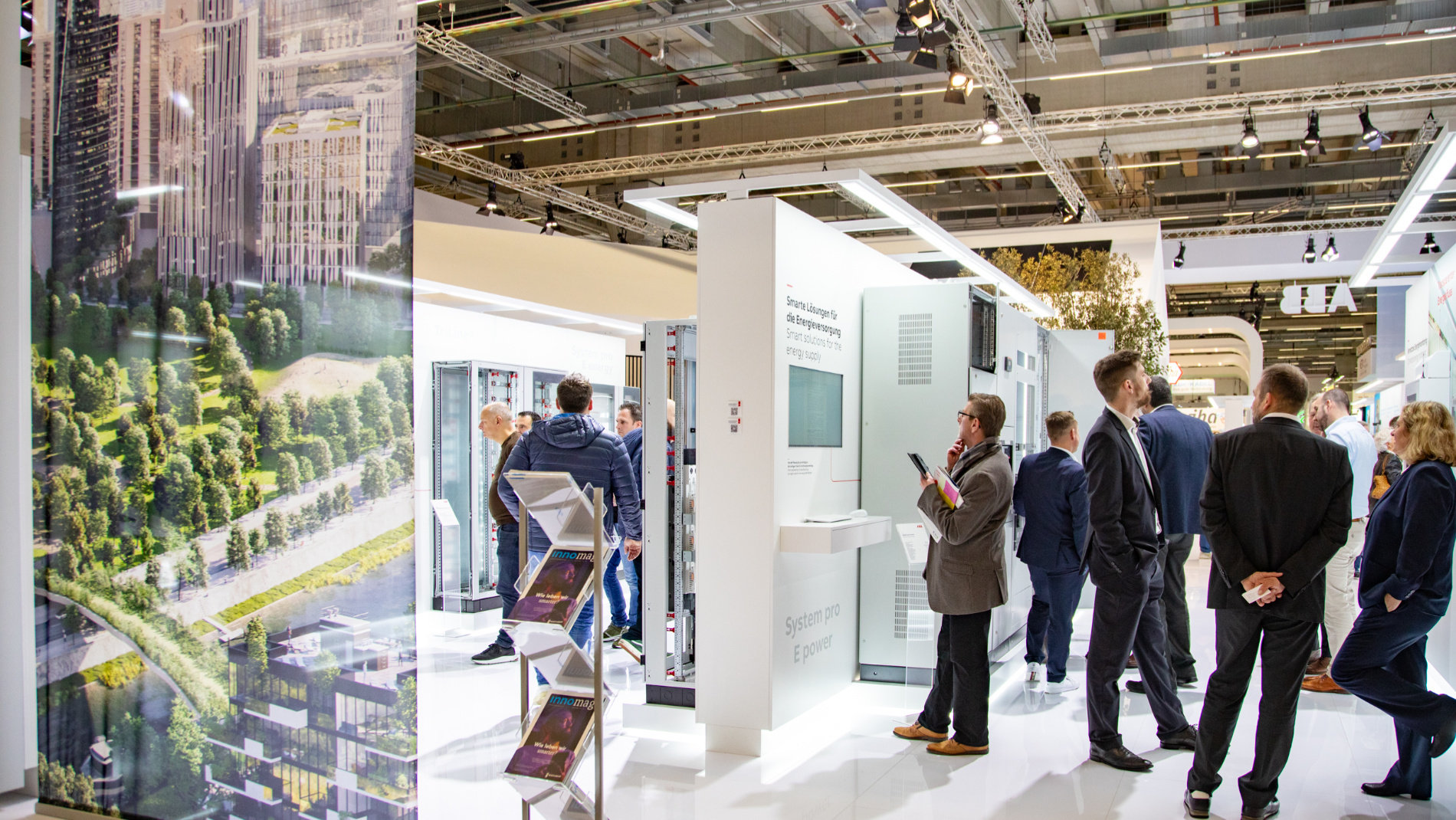
The city of the future is energy-efficient, connected and resilient. Sustainable cities emerge where green buildings and climate-adaptive architecture come together as part of a coherent urban system. The focus lies not only on individual buildings but on entire urban districts: energy flows, mobility and urban design are interlinked – with the aim of shaping buildings as part of vibrant, liveable environments.
Energy Management & Efficiency
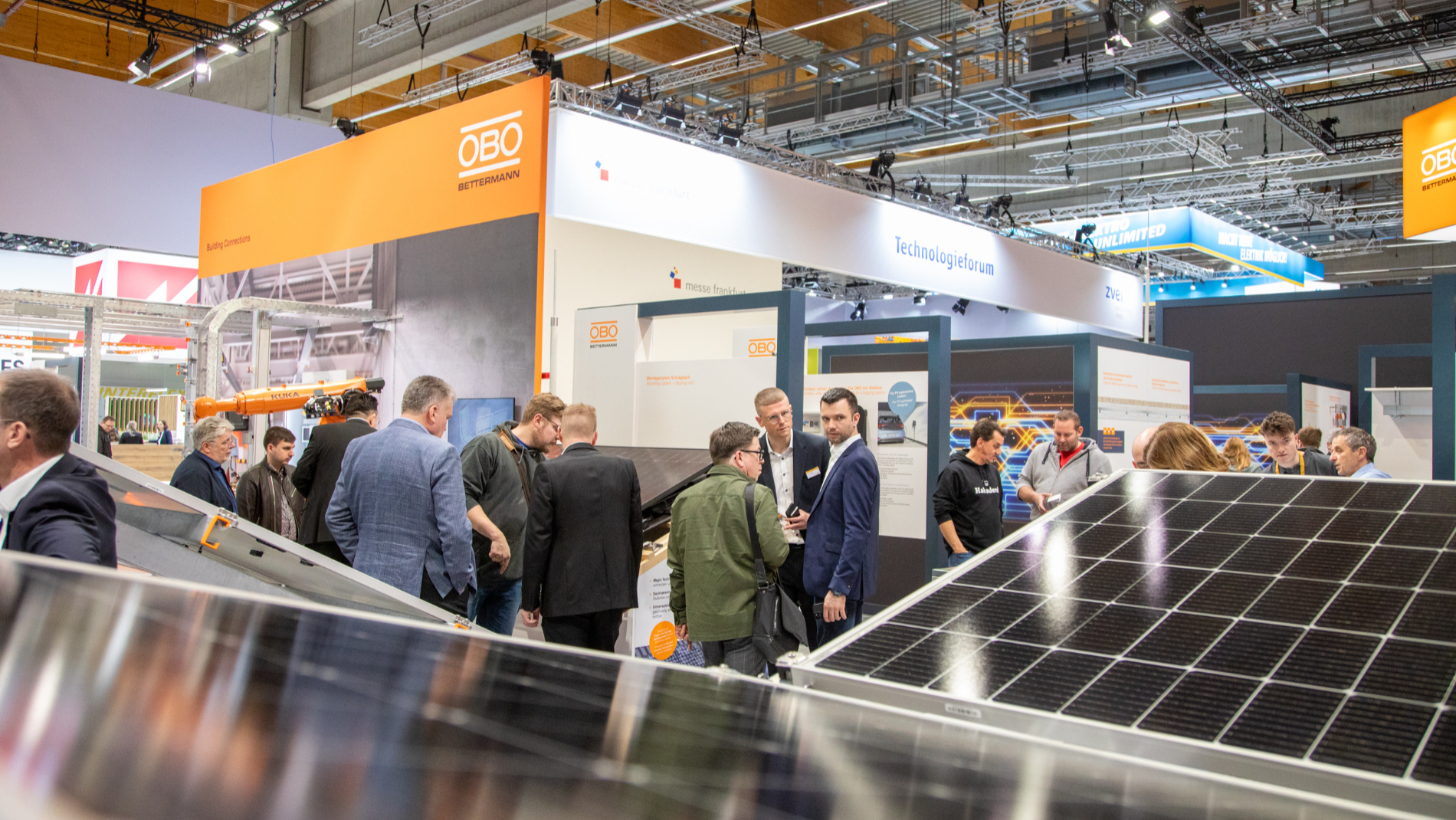
Smart control is the backbone of energy-efficient buildings. Targeted energy management enables consumption data to be recorded, processes to be automated and savings potential to be realised. Whether through efficient building technology or digital solutions, modern systems actively help reduce emissions and operating costs. Light + Building 2026 presents integrated platforms and connected sensor systems that optimise energy use in a sustainable and practical way.
Renewable Heating
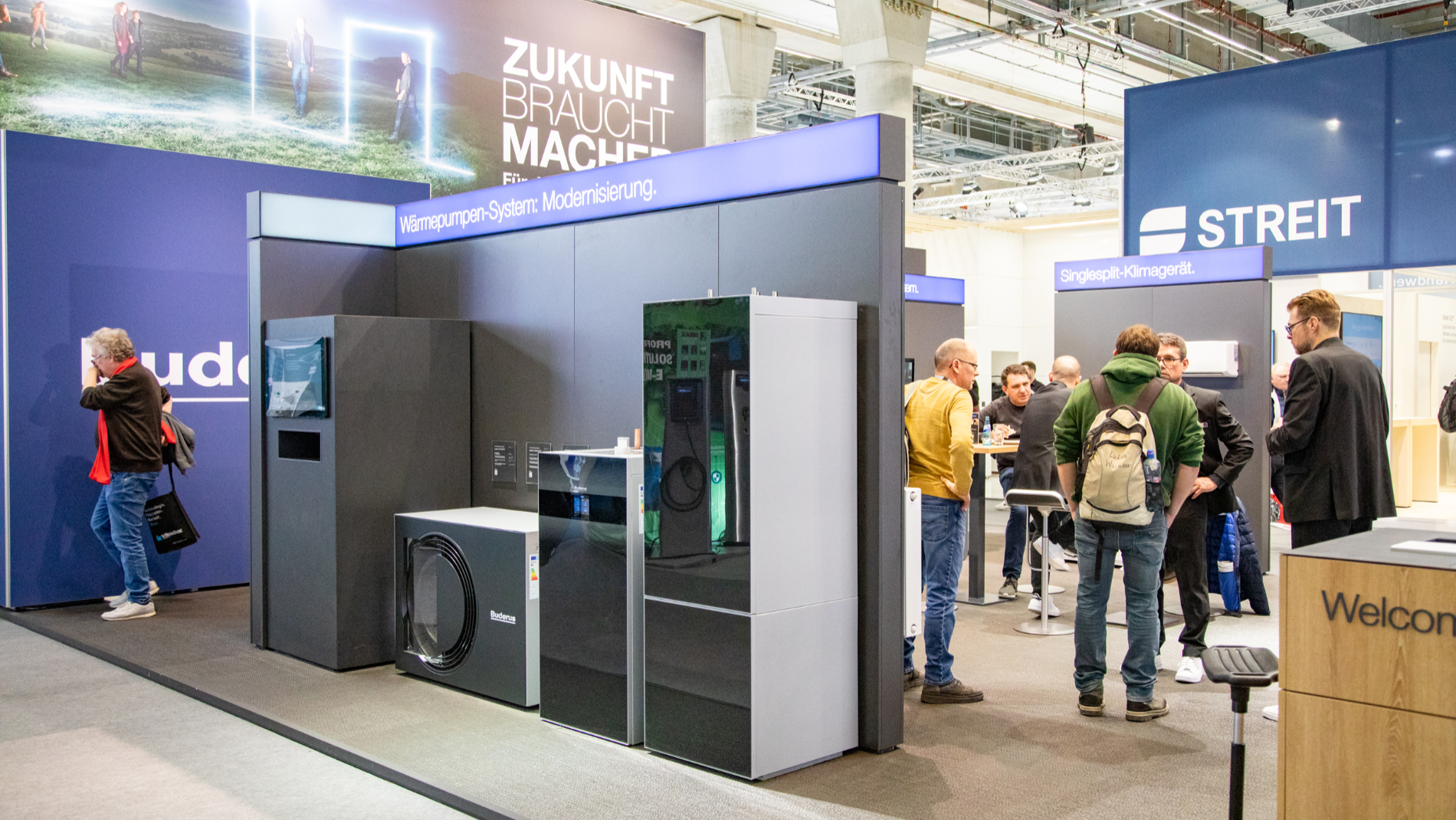
The heating transition is a key element in the path towards climate neutrality. At Light + Building, exhibitors present viable approaches for implementing heating systems based on renewable energy sources. The focus is on electricity-based heating solutions such as heat pumps and hybrid systems that replace fossil fuels and offer low operating costs. These systems must be integrable and flexible enough to suit different building types and usage profiles.
Energy Storage & Smart Grid Integration
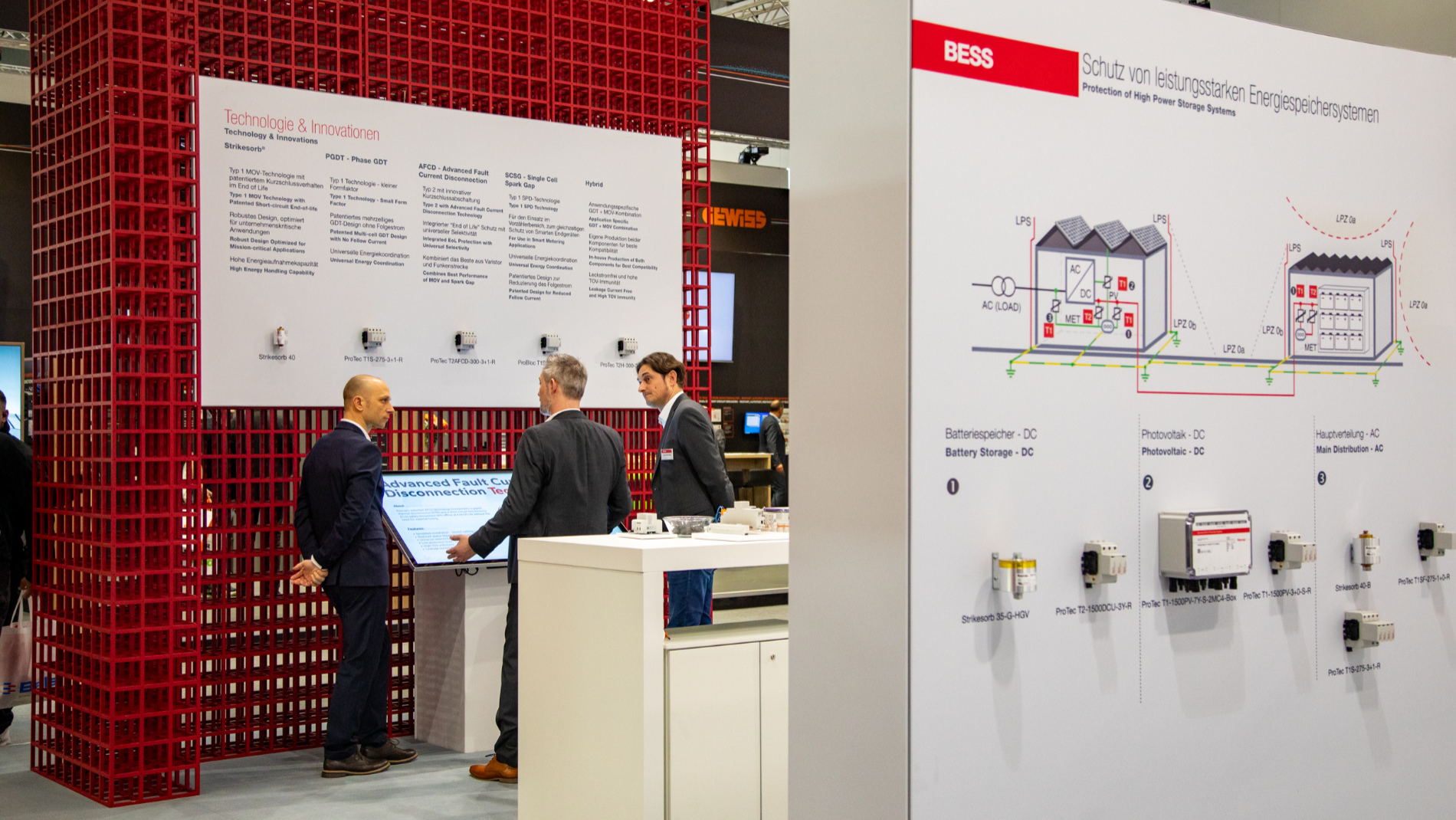
Buildings are no longer just consumers – they are producers and energy stores. On-site energy storage systems secure supply and make it possible to use solar or other renewable power efficiently. Through smart grid integration, buildings can be connected to the power network in a flexible and demand-oriented manner. Electric vehicles also play a role: they consume electricity, store it and return it when required. Grid integration thus links mobility, energy and building services.
E-Charging Infrastructure & Ecosystems
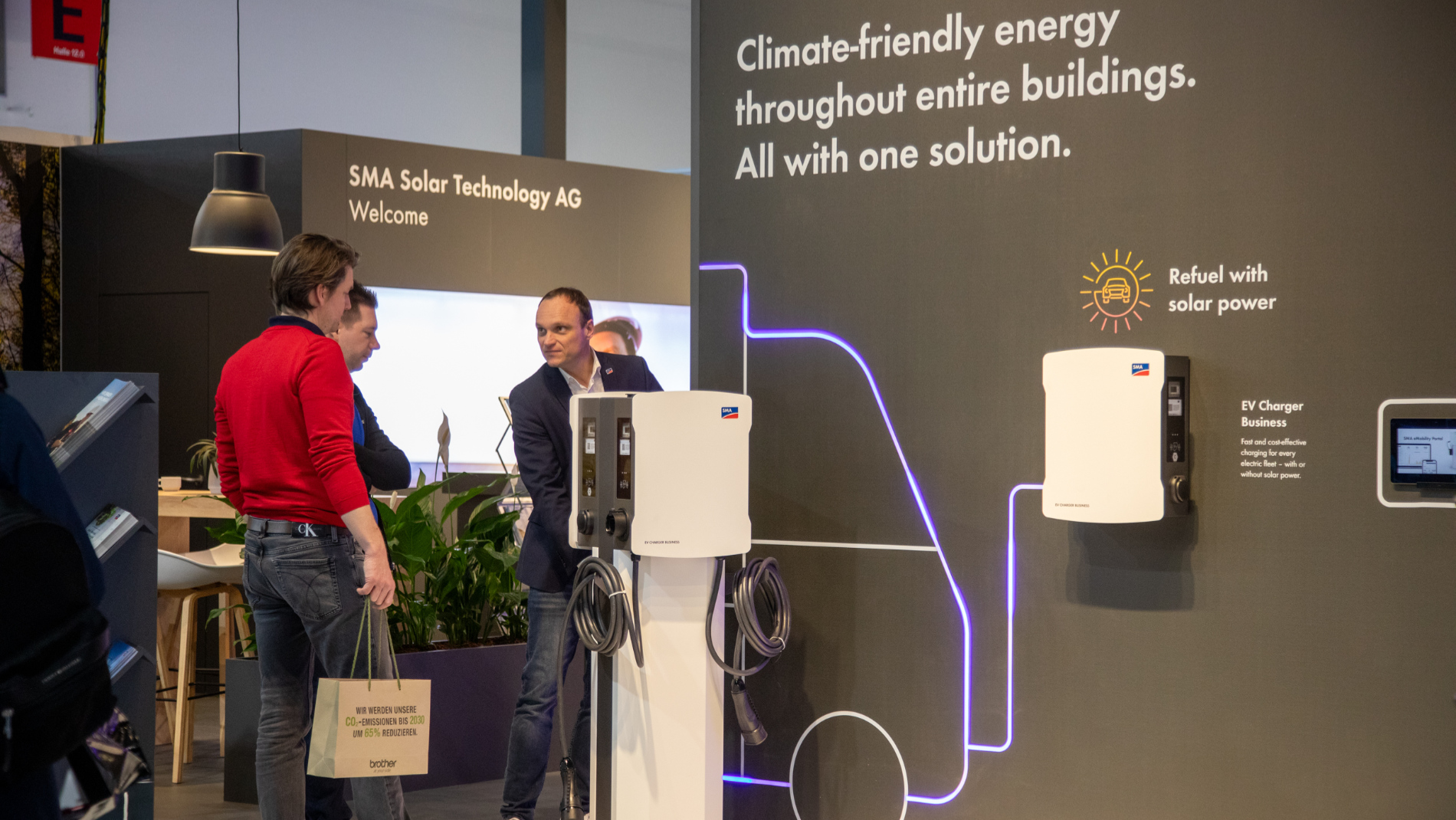
Electromobility is changing the demands placed on buildings and urban districts. A resilient e-mobility ecosystem includes more than charging stations – it combines building-integrated charging infrastructure with intelligent control, load management and architectural integration. Technical elements such as lighting systems can be built into charging points or façades. The result is a connected infrastructure that merges energy, mobility and spatial design into a cohesive whole.
